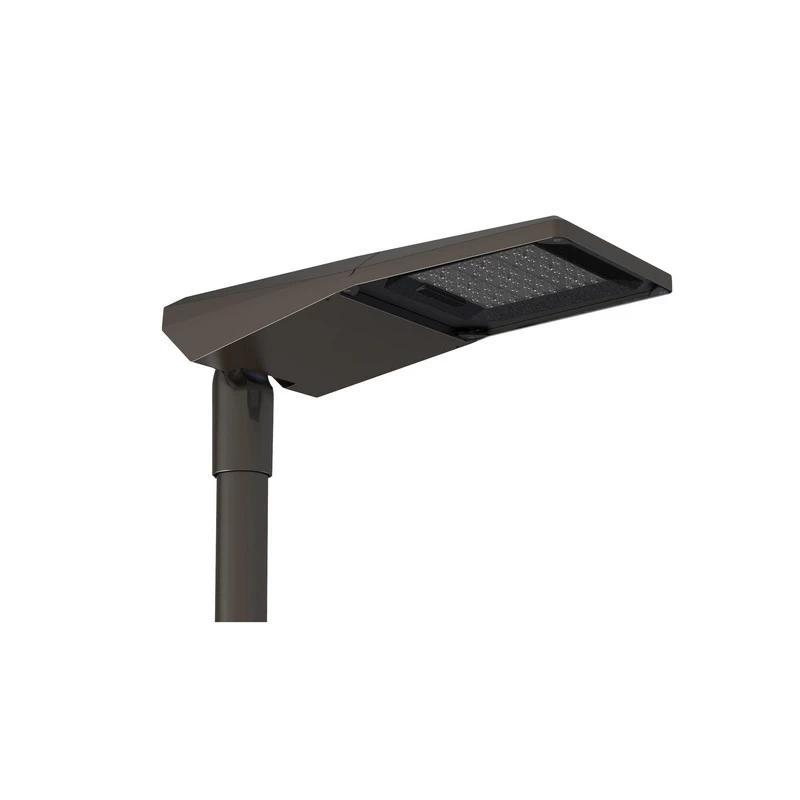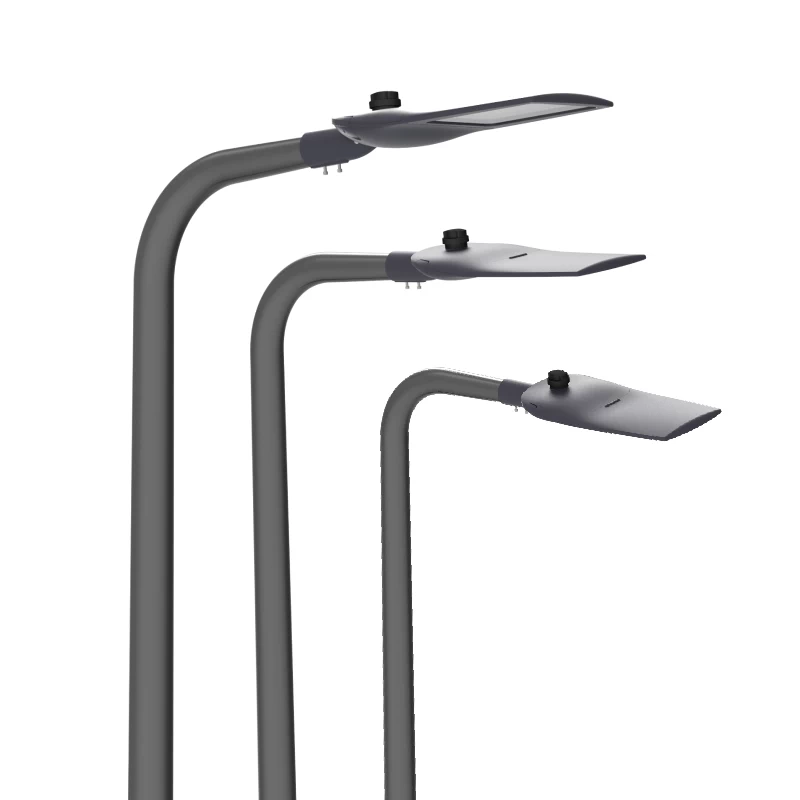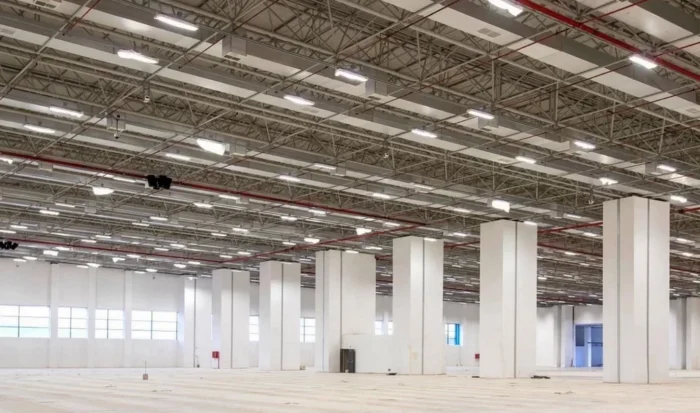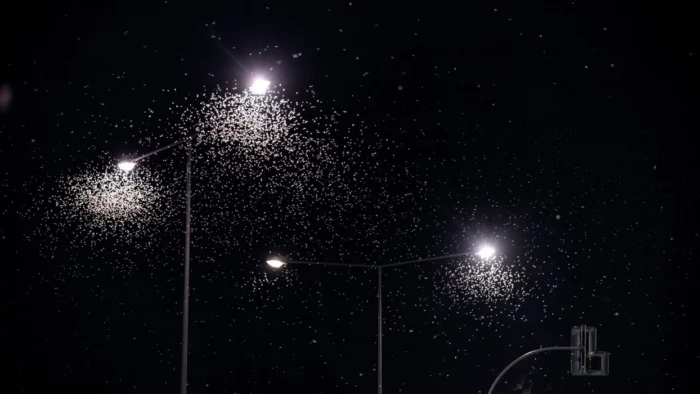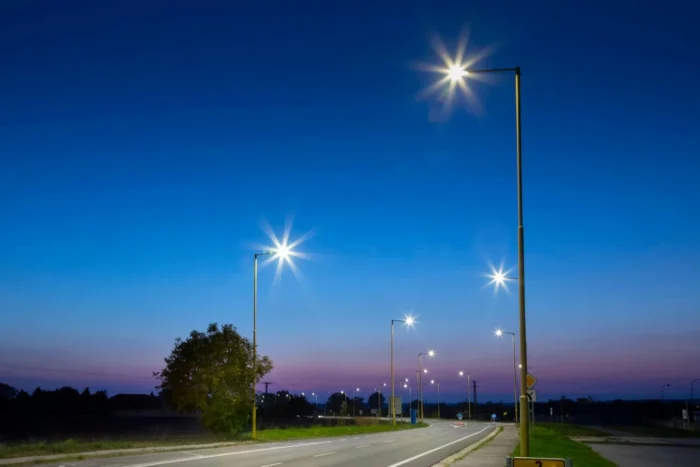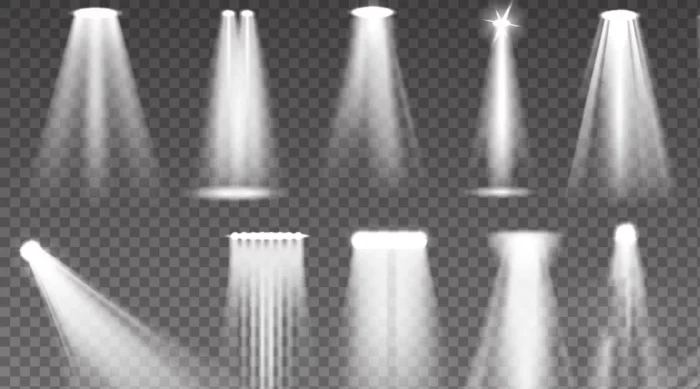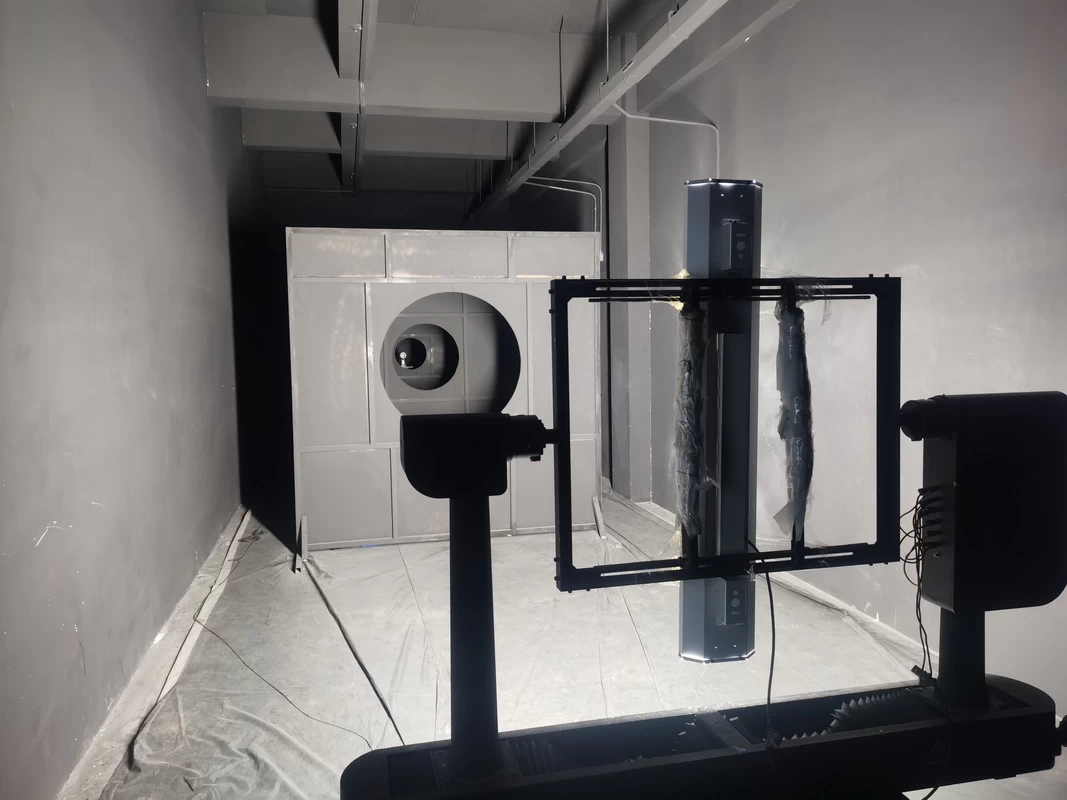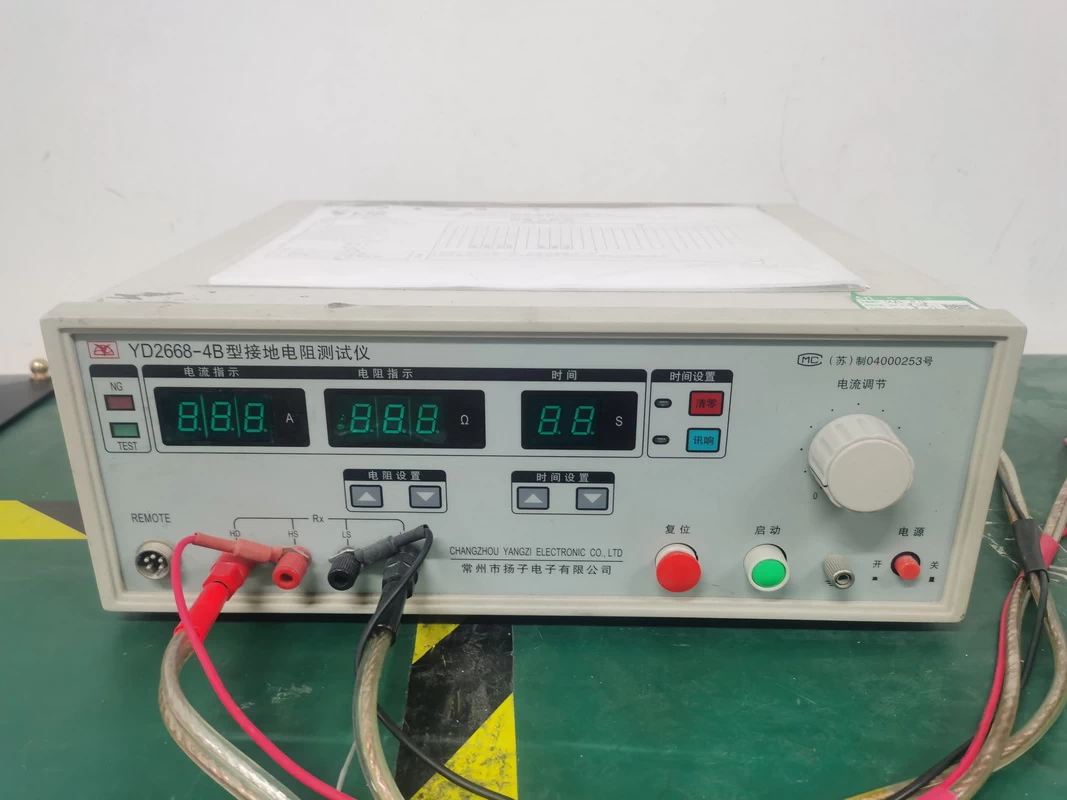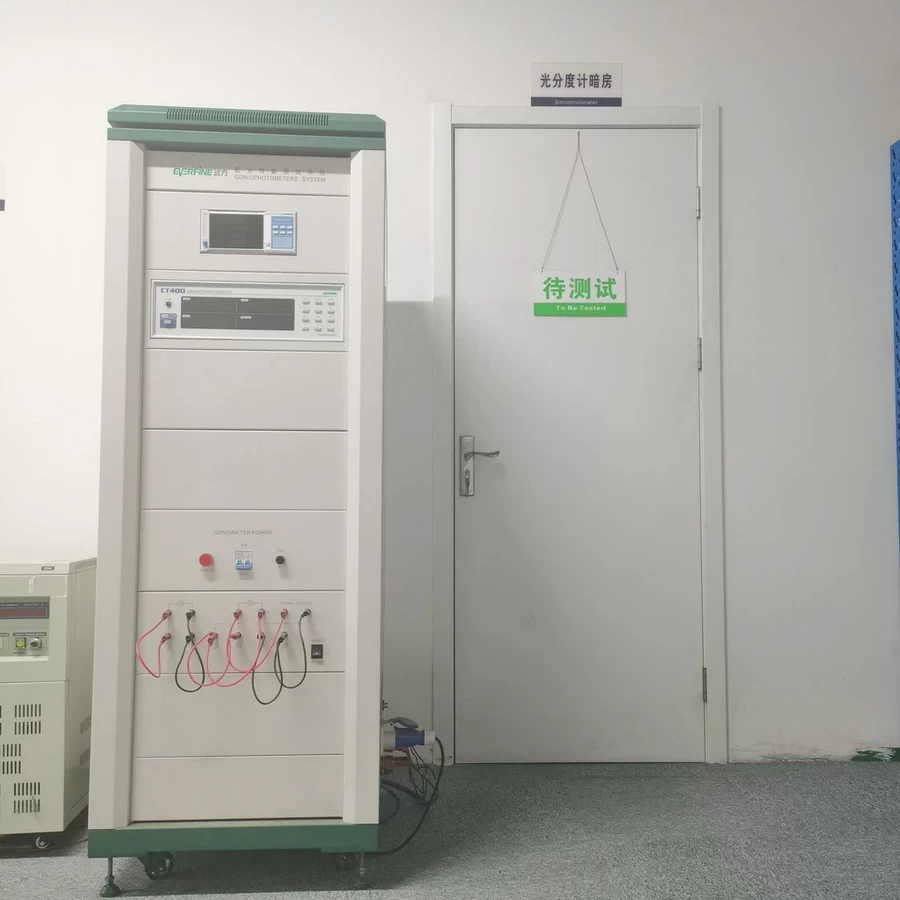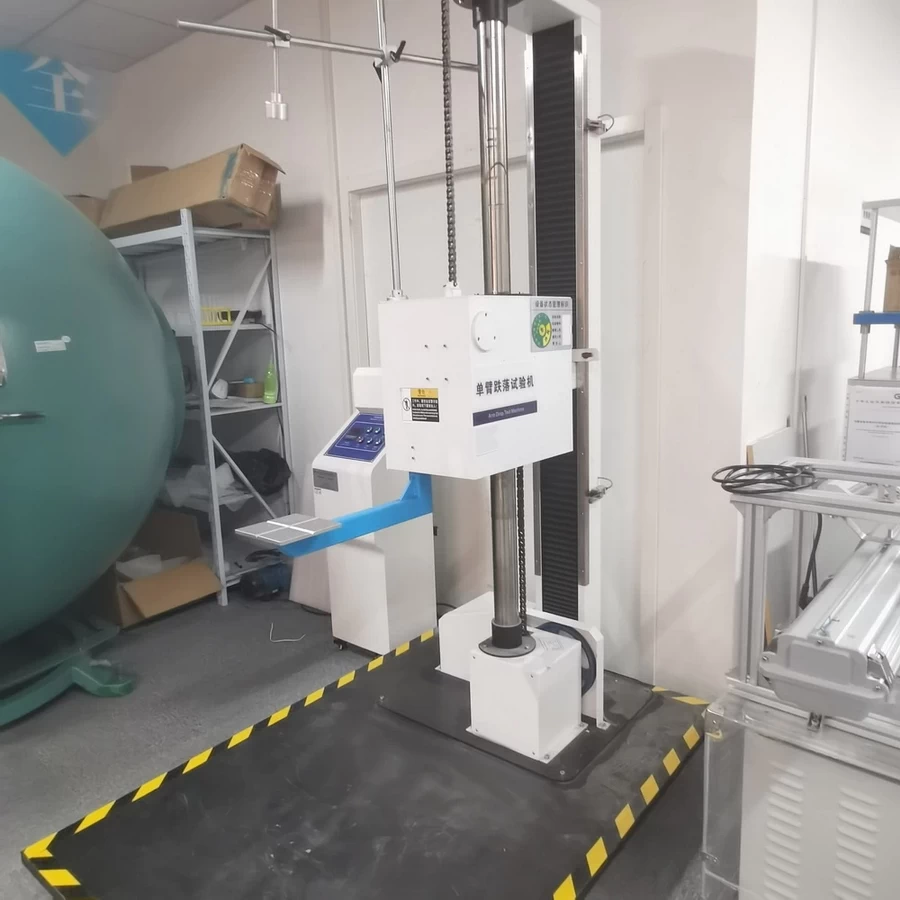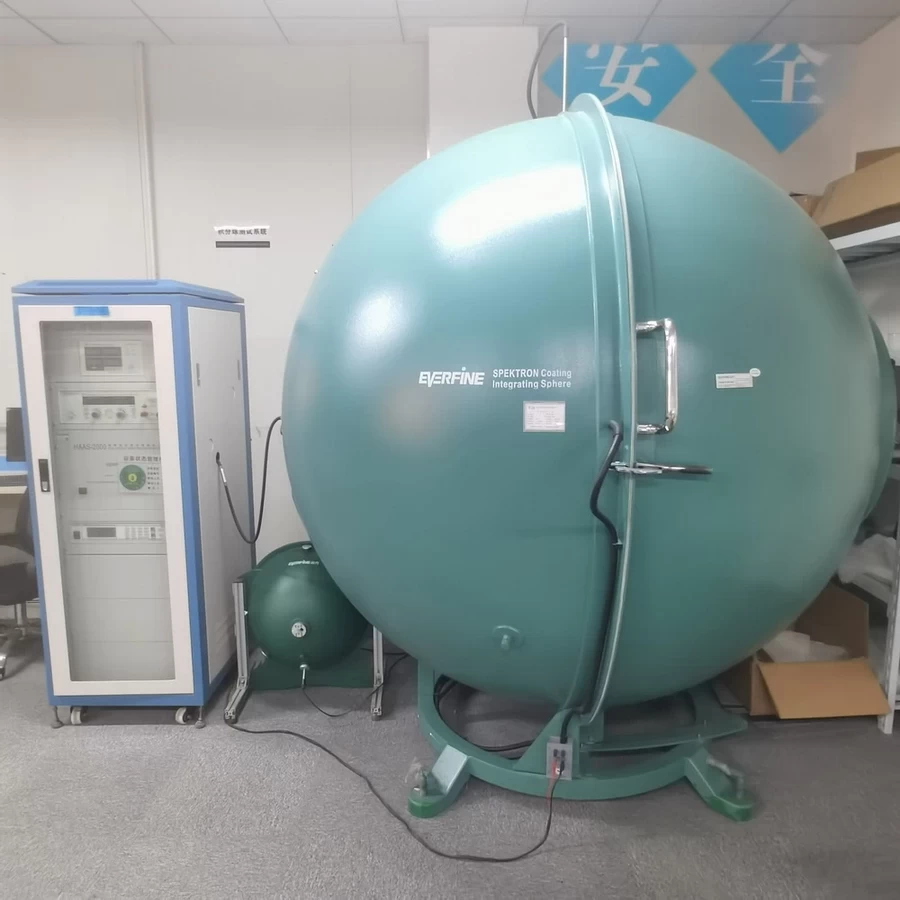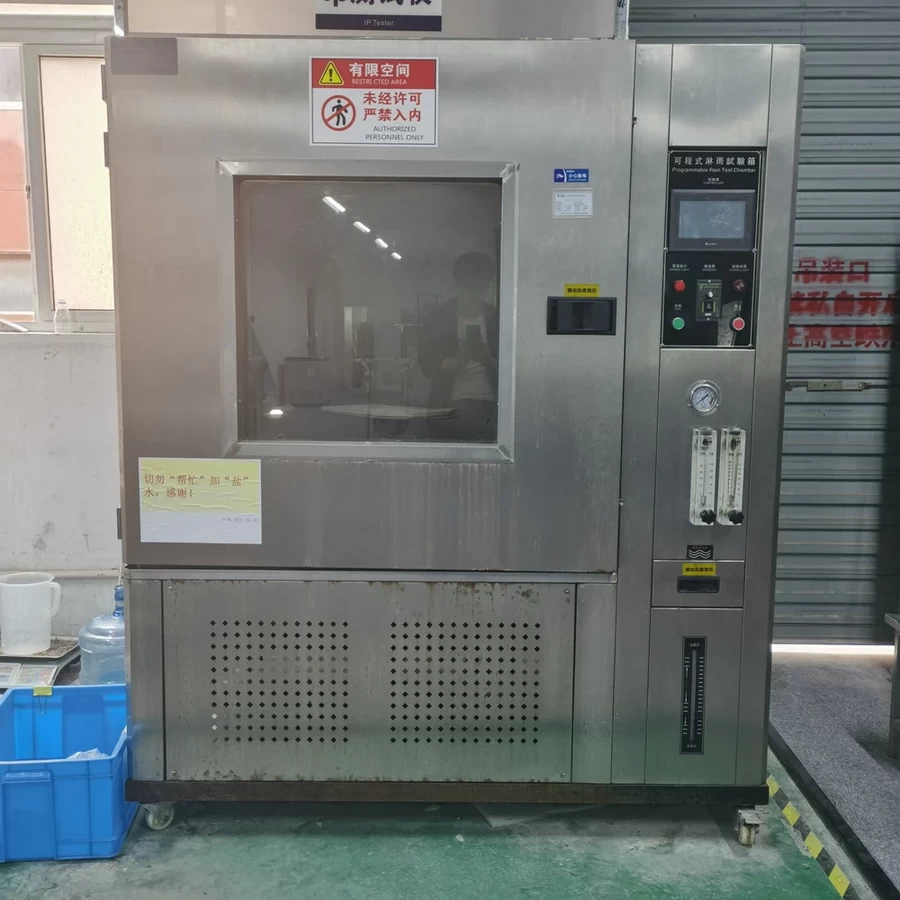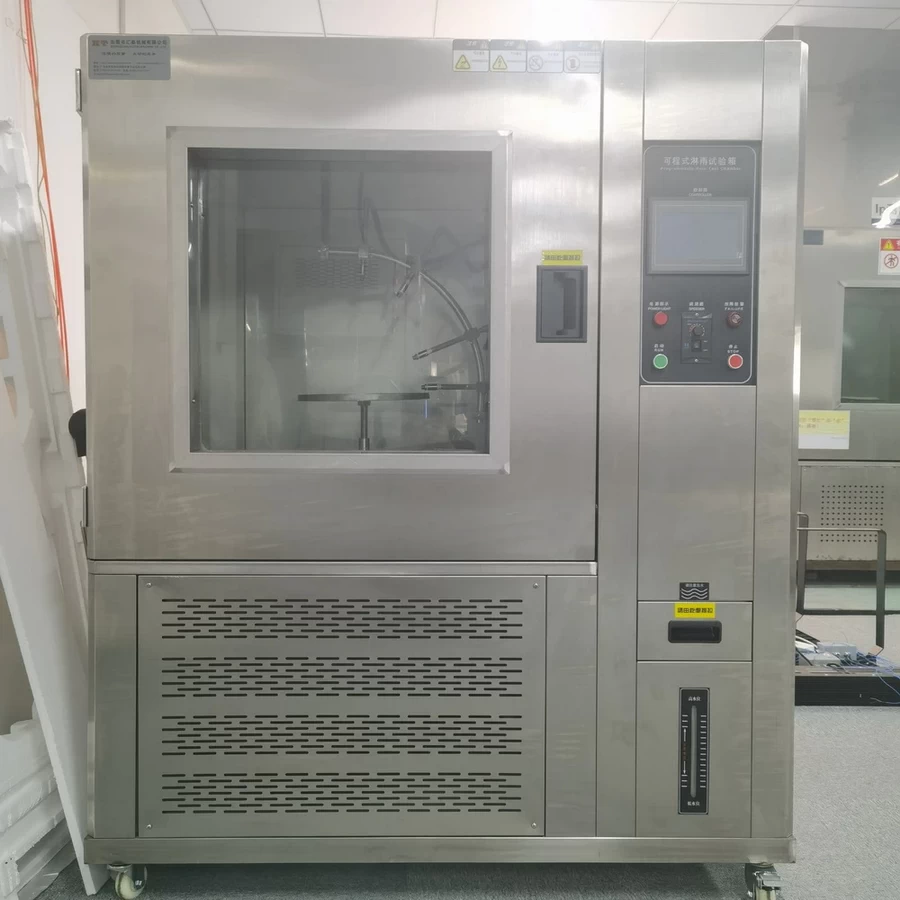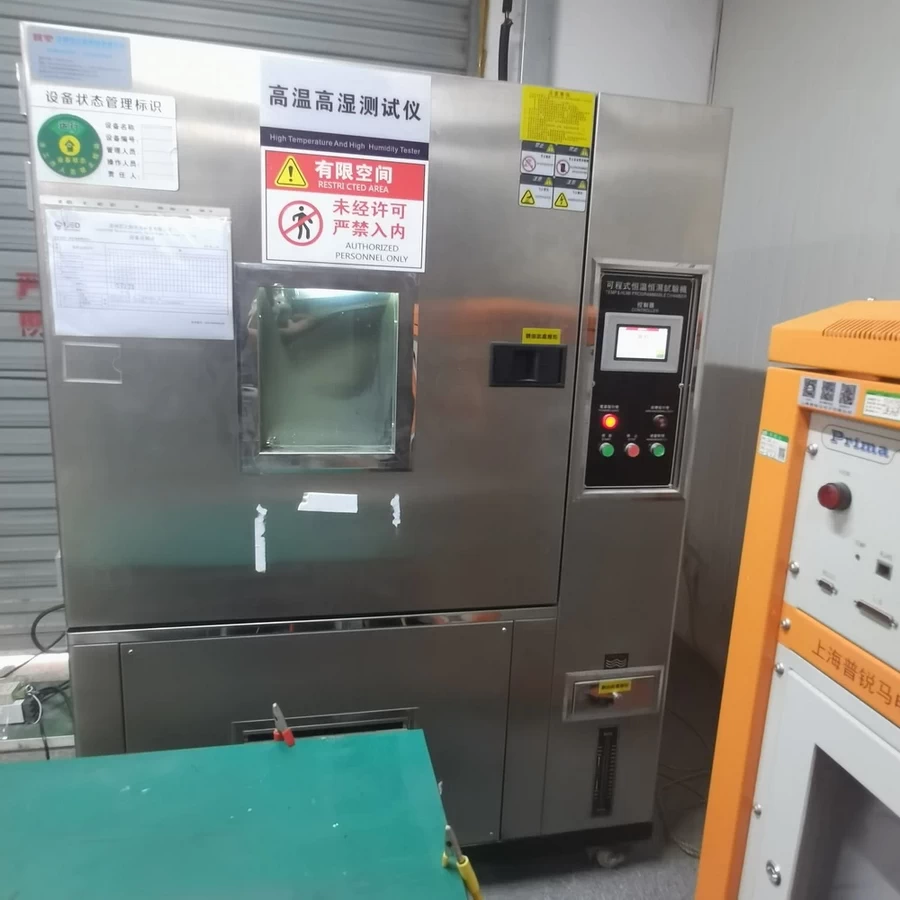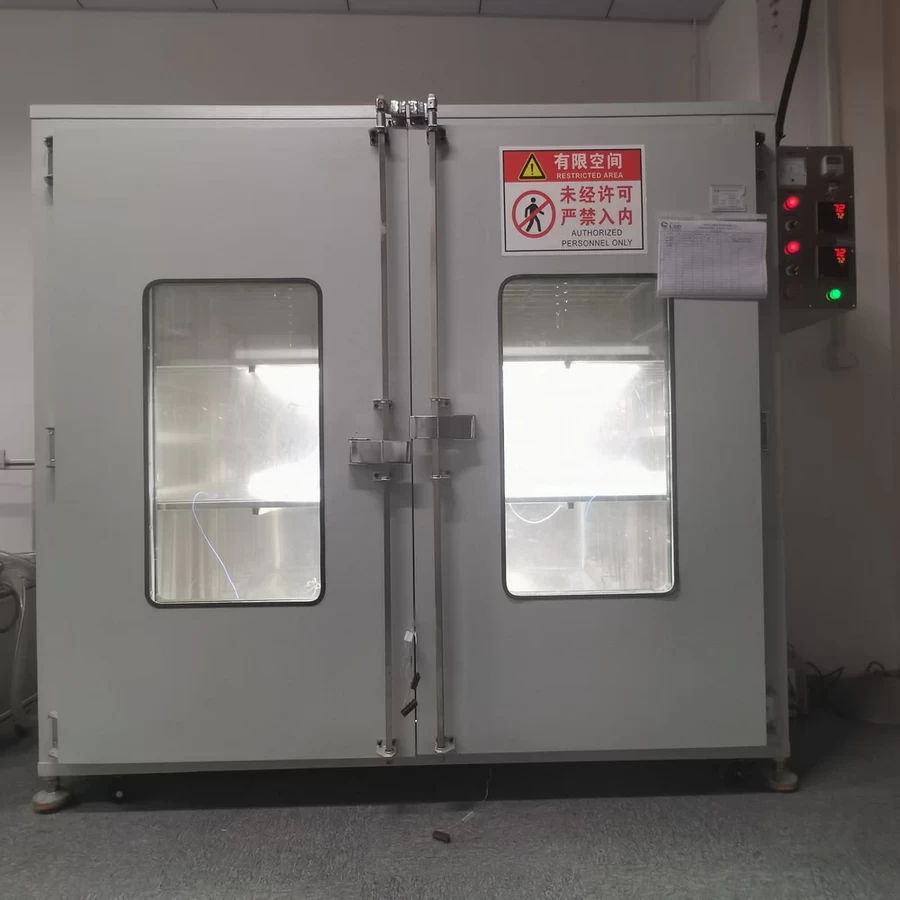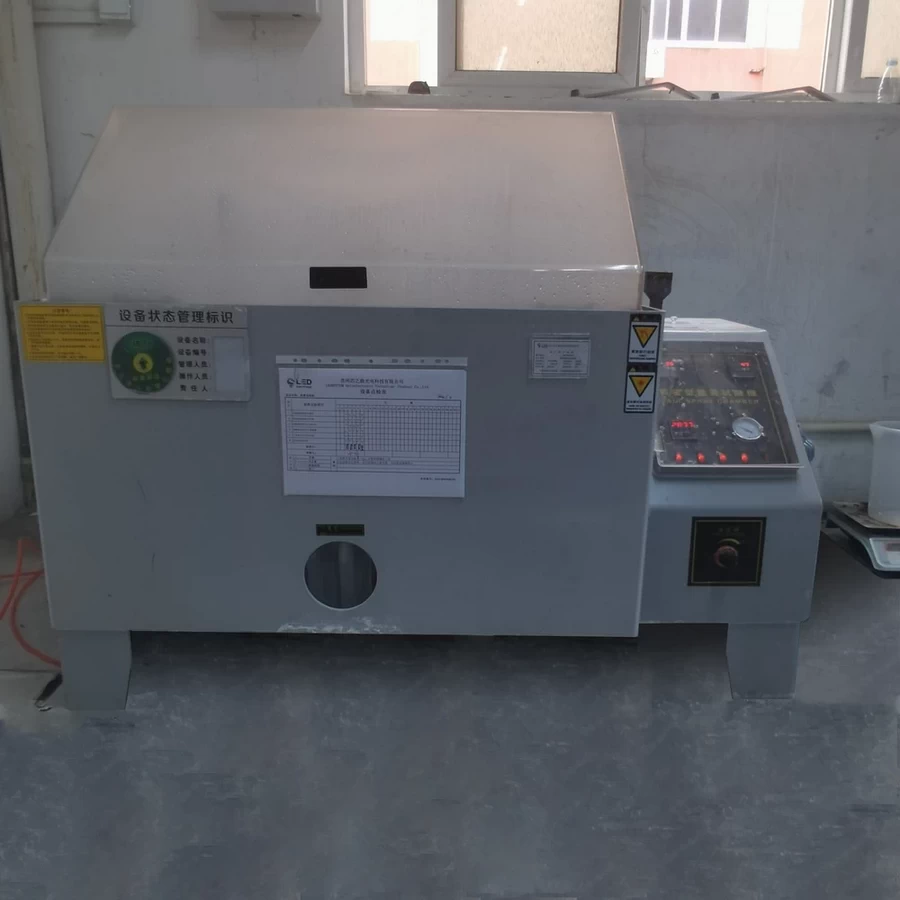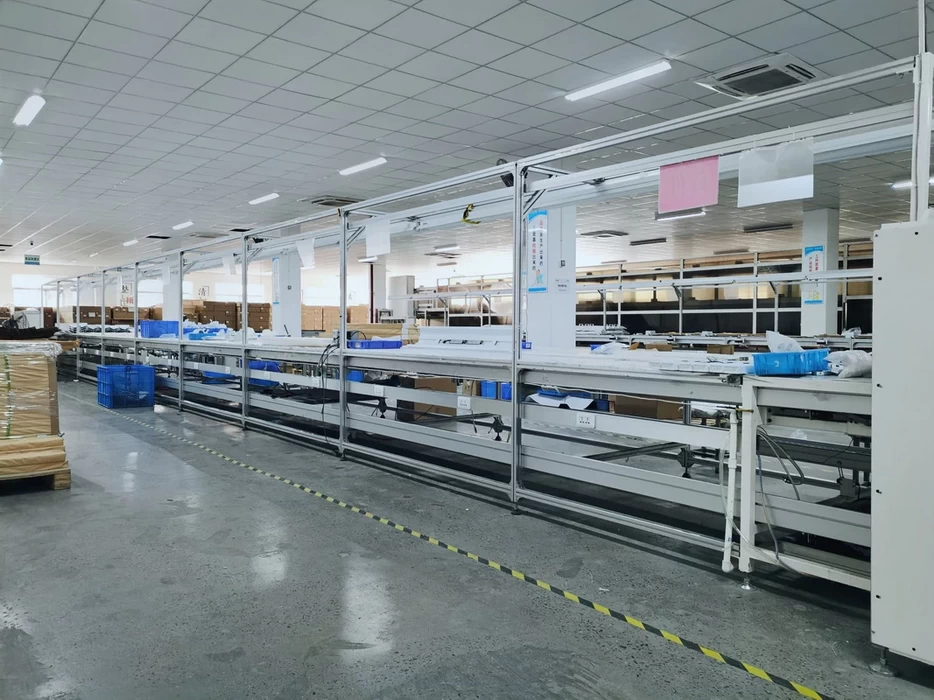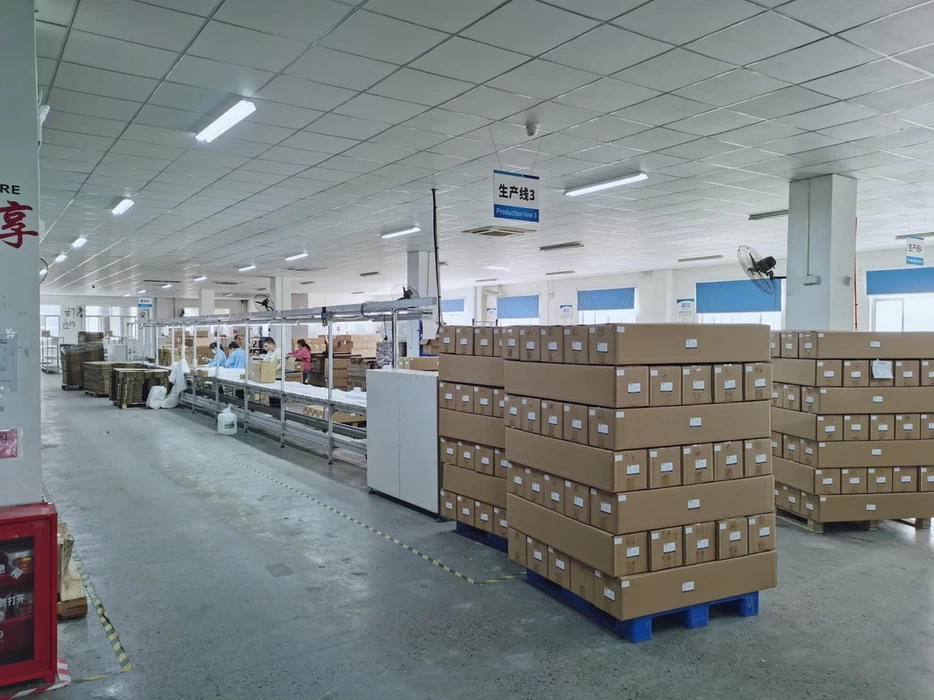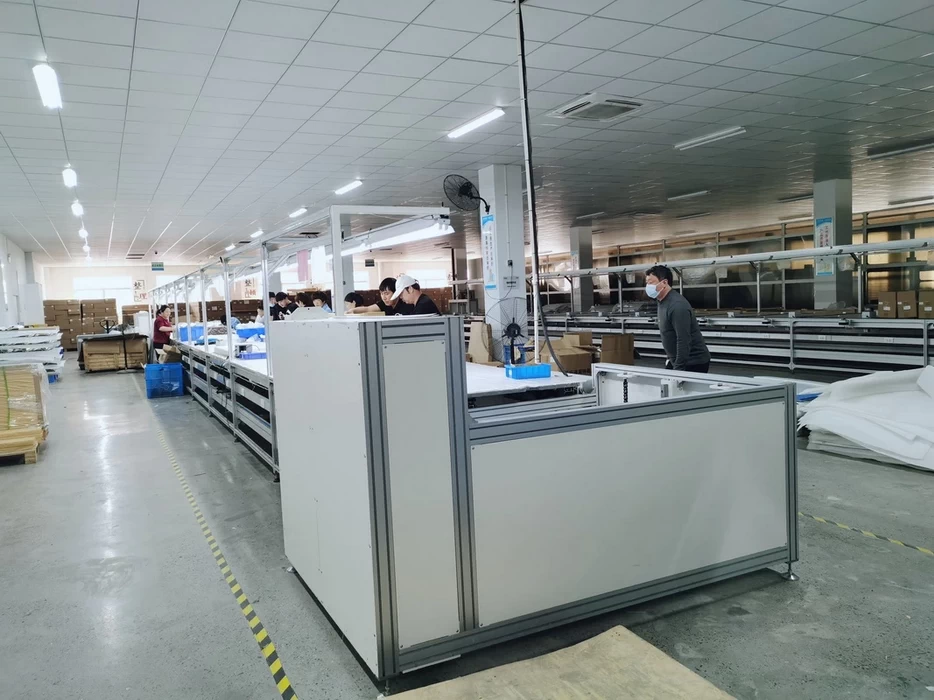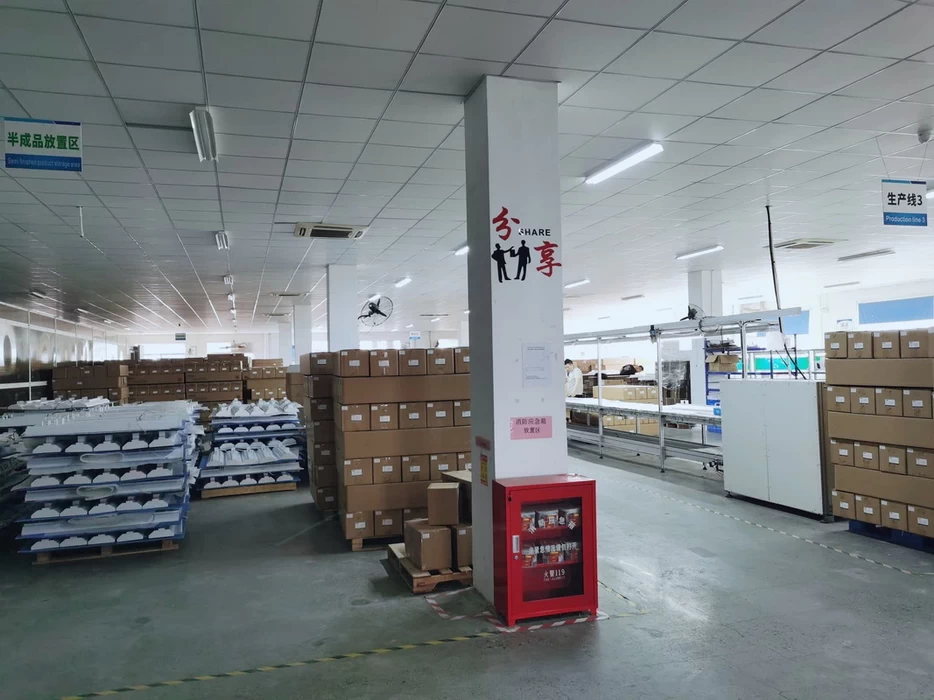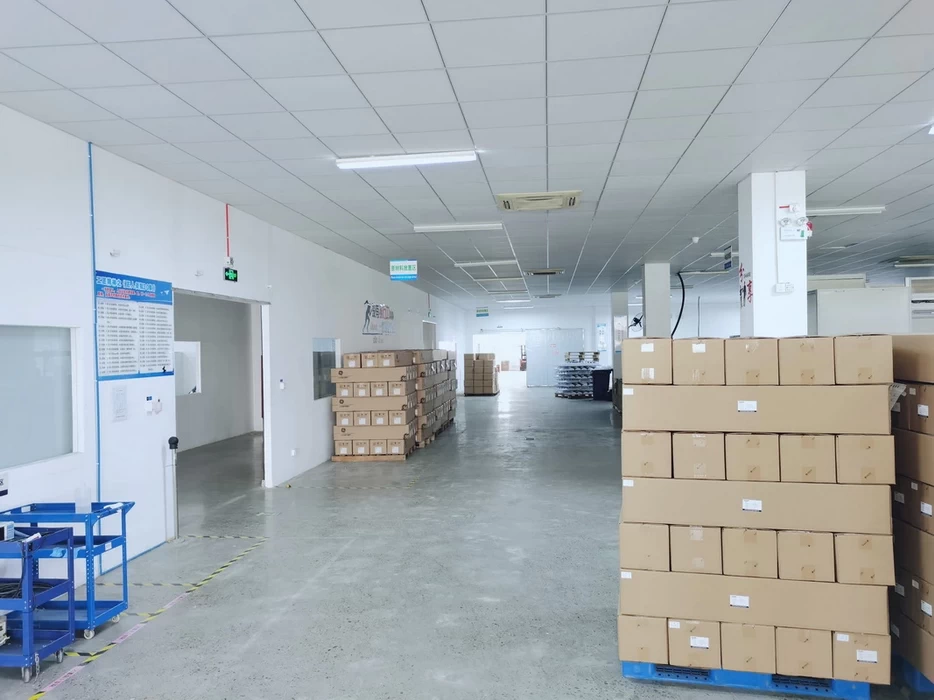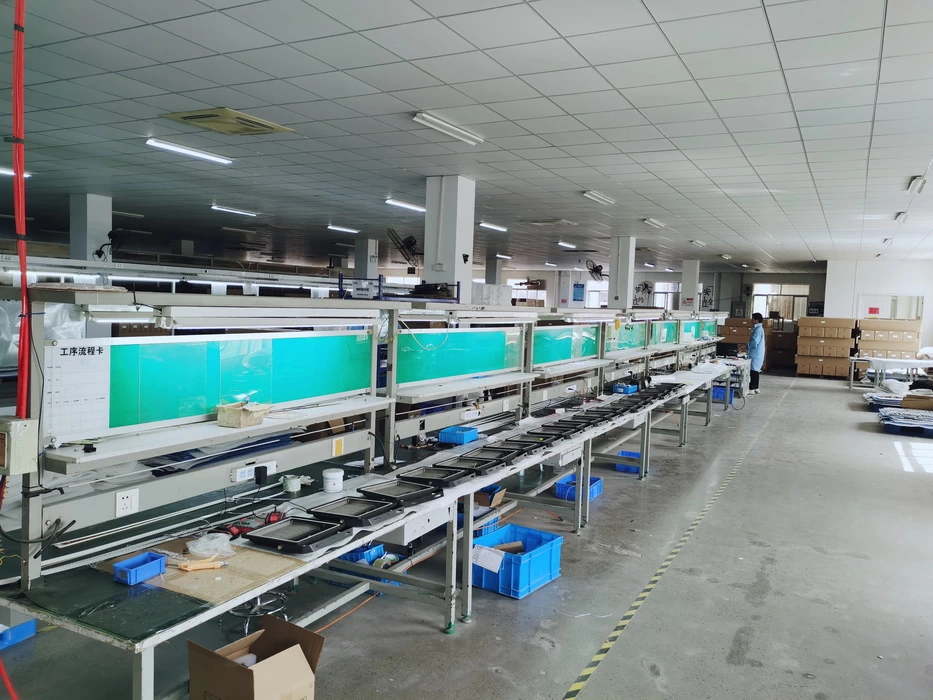ALL Products
LED Street Lights
LED street lights are a high-performance outdoor lighting type in modern times. They not only used for street and roadway lighting, but are also widely used in airport, parking lots, residential areas and squares. We offer minimum IP66 and IK08 rating, can withstand variety of outdoor environments and harsh weather conditions. And have different wattages and beam angles for you to choose. All products undergo rigorous testing and meet multiple lighting certification standards.
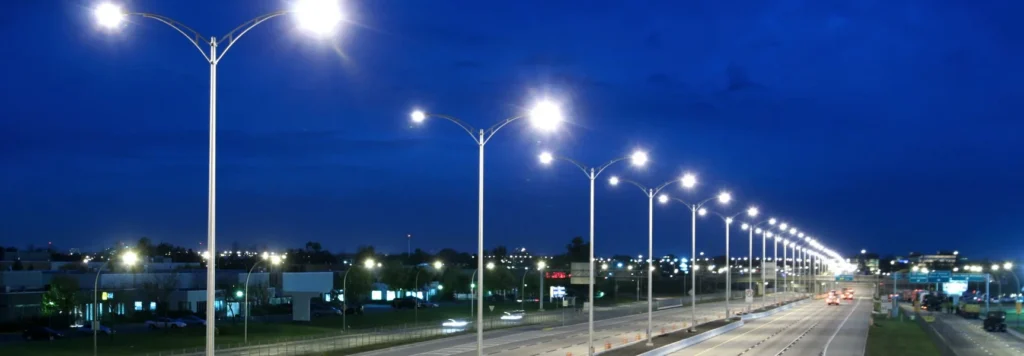
LEDRHYTHM - LED Street Lights Manufacturer in China
LEDRHYTHM is a reliable LED street light manufacturer and supplier in China, over 10 years of industry experience. We have complete R&D, testing, production and sales system, can provide optimal lighting solutions to customers worldwide.
LEDRHYTHM has automated production line and strict quality control system, and products have passed numerous authoritative certifications both domestically and internationally. We focus on optimizing heat dissipation structures to ensure the long-term reliability of street lights, nearly 100,000 hours lifespan, can achieve maintenance-free operation. We are proficient in the full range of IESNA Type I-V standard light distribution technologies, incorporating secondary optical design to ensure extremely uniform and low-glare street lighting, further enhancing lighting efficiency.
Advantages of Commercial LED Street Lights
LEDRHYTHM professional commercial LED street lights have several key features to ensure reliable operation in extreme weather environments. Firstly, they are IP66-rated, making completely dustproof and waterproof. And IK08 shock resistant , 10kV and 20kV Surge Protection. They feature a fully die-cast aluminum housing for excellent heat dissipation. A 3mm corrosion-resistant powder coat fully protects the luminaire. Furthermore, flip-top design allows for quick maintenance. 0–10 V and DALI dimming, maximize energy savings and extend lifespan. Color temperature 1800K-6000K can be selected. The luminous efficiency can reach 150-170lm/W, which can achieve energy saving of more than 70%.
LED Street Lights Replace Traditional Fixtures
Traditional fixtures including HPS and MH, have drawbacks such as high power consumption, short lifespan, slow startup and frequent maintenance. Replacing with LEDRHYTHM LED street lights is best option, which will save 70% energy and have lifespan of 10-20 years. There is no need to replace bulbs, and maintenance frequency is greatly reduced. Even though the initial cost may be higher, but long-term benefits are significant. You can view article about cost of replacing LED street lights.
LED Street Light vs HPS Street Light Table
| Comparison Item | LED | HPS |
|---|---|---|
| Equivalent Power | 100W | 240W |
| Luminous Efficacy | 150–180 lm/W | 60–70 lm/W |
| Lifespan | 50,000–100,000 hours | 10,000–20,000 hours |
| Maintenance | Low maintenance, long replacement cycle | Frequent bulb and ballast replacement |
| Heat Management | Advanced aluminum heat sink and design | Generates high heat; efficiency drops over time. |
| Instant Start | Instant ON, no warm-up time | Requires 3–5 minutes to reach full brightness |
| Environmental Impact | Mercury-free, eco-friendly | Contains mercury and heavy metals |
| Dimming & Control | 0–10V dimmable, DALI, wireless control | Limited control options |
Customized Services
At LEDRHYTHM, we provide full customization services for LED street lights. OEM & ODM capabilities allow you to choose:
- Wattage output from 30W to 300W
- Type II, Type III, Type Ⅳ, Type V beam angles
- Structural design & housing color
- CCT & CRI options : warm white to daylight
- Control systems : motion sensor, DALI, 0–10V dimming

Color temperature
Since LED street lights are only used outdoors, color temperature not only affects visual perception, but also directly relates to road safety, visibility in rainy and foggy weather, light pollution, and the protection of the surrounding ecological environment.
- 2700–3000K: Warm yellow light provides gentle atmosphere without being glaring, suitable for leisure roads or residential areas. It also has stronger penetrating power, making it suitable for both main and secondary roads.
- 4000K: The most balanced and best-suited neutral recommended color temperature for most municipalities LED street lights.
- 5000–6000K: Offers better visual clarity and attention, facilitating the quick identification of obstacles, lane lines, signs, and other details. But, higher proportion of blue light, which is less suitable for leisure areas.
Our LED street lights additionally support 1800–2200K, this is suitable for ecologically sensitive roads and nature reserves. In some ecological reserves, national parks, animal migration routes, and roads near turtle/bird habitats, traditional white light can easily attract insects, interfere with nocturnal animal behavior, and cause unnecessary blue light pollution.
- Virtually no blue light, does not attract insects
- More friendly to birds, insects, and reptiles
- Meets “Darksky”, reducing light pollution
- Extremely strong penetrating, providing greater visibility in rainy and foggy weather
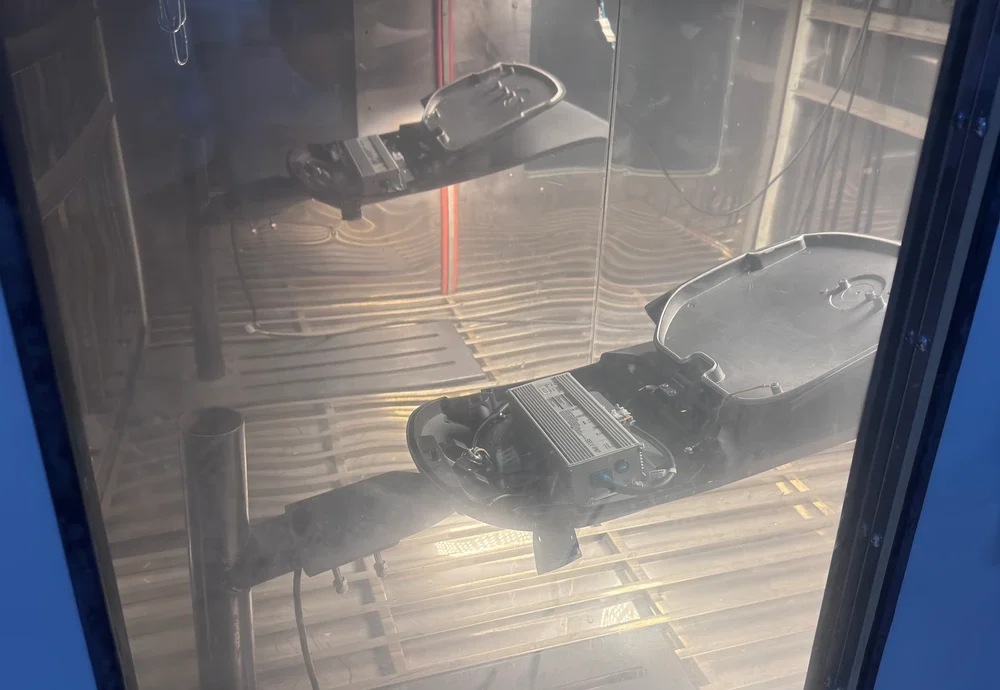
Light Distribution
LED street lights light distribution typically follow a set of standard types established by the Illuminating Engineering Society of North America (IESNA): Types I, II, III, IV and V. These types determine how light is distributed across the road surface, impacting brightness uniformity, glare control and energy efficiency. Key considerations are the beam spread angle and projection distance of the road transversely (perpendicular to road).
- Type I: Light spot is a very narrow, elongated ellipse, suitable for very narrow roads and sidewalks.
- Type II: Beam is slightly wider, presenting an asymmetrical ellipse, suitable for narrow driveways or residential roads.
- Type III: The most common type, achieving a balance between good uniformity and glare control, with high lighting efficiency.
- Type IV: Light intensity is high at the front, but decreases rapidly toward the sides and rear, emphasizing long-range projection.
- Type V: Light spot is symmetrically distributed in a circular pattern, suitable for large areas such as squares and intersections.
| IESNA Type | Projection Feature | Traditional Classification | Typical Applications |
|---|---|---|---|
| Type I | Bidirectional, narrow-long distribution | Cut-off type | Narrow roads, sidewalks |
| Type II | Short throw, medium width | Semi-cut-off type | Narrow streets (road width ≤1.5H) |
| Type III | Medium throw, wide beam | Semi-cut-off type (Mainstream) | Medium-width roads (1.5H–2.75H) |
| Type IV | Long throw, forward “downward” beam | Cut-off type (long-distance) | Wide roads, curved roads |
| Type V | Circular symmetrical distribution | Non-cut-off type | Intersections, plazas |
* H is the installation height.

Applications
LED street lights are essential for safety of pedestrians and vehicles in outdoor lighting at night. They enhance driving safety on main roads, secondary roads and highways; provide comfortable atmosphere in residential areas; create aesthetically pleasing and soft lighting in parks and Pathways; provide wide-area, uniform illumination in parking lots and plazas; and provide safety lighting in industrial parks and factory road. Can operate stably and long-term in any outdoor public lighting.
In addition, for municipalities street lighting projects, not only needs to be bright enough, but also uniform, safe, no light pollution, and cost-effective. We are fully capable of meeting these requirements, providing energy-efficient, long-life, low-maintenance, and low cost lighting solutions that comply with municipalities standards.
| LED Street Lights Application | Mounting Height | Power Range |
|---|---|---|
| Residential Streets | 5–8 m | 30W – 80W |
| Urban Roads | 8–10 m | 90W – 150W |
| Main Roads / Avenues | 10–12 m | 150W – 200W |
| Highways | 12–15 m | 200W – 300W |
| Parking Lots | 6–10 m | 60W – 120W |
| Rural Roads | 5–7 m | 30W – 60W |
When dealing with different streets or roads lighting, illuminance design needs to take into account road width and traffic flow, and depends even more on the surrounding environment and pedestrian density. Insufficient brightness should be avoided to prevent safety hazards, while excessive brightness should also be avoided to prevent glare, light pollution, and wasted costs.
- Main roads: 30–50 lux
- Secondary roads: 20–30 lux
- Residential roads: 5–15 lux
- Sidewalks: 10–20 lux
- Parking roads: 15–25 lux
- Industrial park roads: 10–30 lux
Professional Street Lighting Design
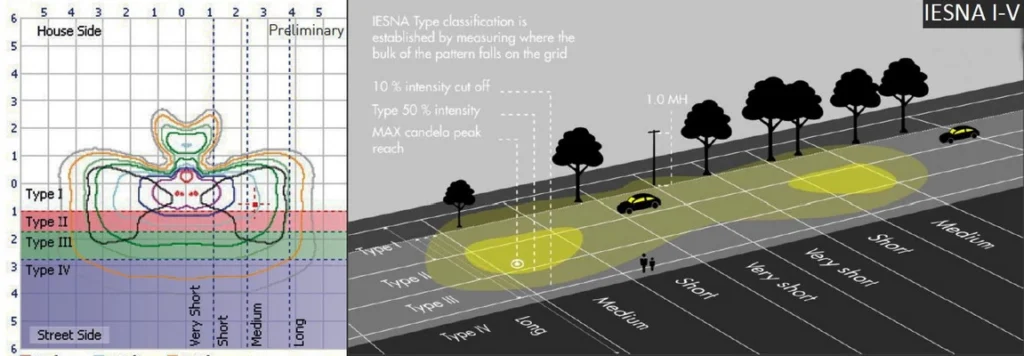
We can provide detailed street lighting layouts, mockups and 3D renderings. However, please contact us to provide site dimensions, traffic conditions or lighting requirements. Lighting design will include information such as optimal pole spacing, mounting height, beam angle and power.
You can also design your own lighting and download the complete IES file from product page.
SMD vs COB LED Street Lights
In modern commercial LED street lights, SMD is the absolute mainstream and dominant technology, accounting for over 90% of the market share. While COB has its own advantages, it’s far outstripped by SMD in actual road lighting applications.
- Cost-effectiveness: SMD has been developed for many years, and the industry chain is extremely mature, offering a very high cost-effectiveness. COB is more expensive.
- Heat dissipation: SMD far outperforms COB. Street lights require high power and long operating times, so heat dissipation is crucial. COB chips are densely packed, resulting in highly concentrated heat.
- Optics: SMD can be used with a variety of lenses to achieve precise light distribution (such as the Type I-V we discussed earlier). COB struggles with highly complex and precise light distribution.
- Maintenance: Local damage to SMD board generally does not affect overall operation, making maintenance relatively flexible.
SMD technology is used in almost all road applications, such as highways, main and secondary roads and residential roads.
However, cob LED street lights have higher-quality light, can still be considered in some situations, such as those requiring a very soft, glare-free environment, low power and low heat dissipation street lamp. View SMD vs COB detailed article.
How long does delivery take for wholesale LED street light orders?
Wholesale LED street light delivery times vary slightly depending on order quantity, customization and production schedule. For standard models in stock, shipment is typically within 7–10 business days. For customized services, including special wattage, beam angle and housing color, production lead times typically extend to 15–25 business days. We offer a variety of shipping options, including air, sea, and rail, depending on the customer’s location.
LEDRHYTHM maintains an efficient and stable production and inventory system, ensuring fast delivery even during peak seasons, saving time on more wholesale orders.
How many watts of traditional street lights can 200W LED replace?
Our LED street lights have an efficacy of 150-170 lm/W, meaning 200W delivers approximately 34,000 lumens. This makes them to replace traditional 450-500W HPS or MH. While maintaining the same brightness, we can energy savings of over 60-70%.
Is it enough for me to choose 100W LED street light?
Depending on the road’s width and traffic volume. Our 100W LED has flux of approximately 16,000 lumens, which is generally sufficient for residential roads, streets, sidewalks or small parking lots. However, for wider main roads, two-way lanes or highways, it is recommended to choose a higher-wattage fixture of 150W or 200W or higher to provide sufficient brightness and safety.
What protective performance requirements must outdoor LED street lights meet?
The outdoor environment is complex and changeable, often accompanied by wind, rain, lightning, dust, temperature and electrical fluctuations. Therefore, the protection performance of LED street lights must meet commercial and industrial grade standards.
High IP rating for waterproofing and dustproofing is key, at least IP65, but IP66 is recommended. This ensures that internal components are protected even in heavy rain, typhoons, and sandstorms. To withstand significant outdoor temperature variations and rain corrosion, the casing should be made of high-strength die-cast aluminum with anti-corrosion coating. 10kV–20kV surge protection prevents damage to the luminaire in lightning strikes weather. IK08-Ik10 remain stable and do not loosen or deform under strong wind vibrations.
Are LED street lights compatible with smart control systems?
Of course, as part of the construction of smart cities, our LED street lights can realize a variety of smart lighting solutions. They can be seamlessly connected to 0–10V dimming or DALI2 digital dimming systems, enabling precise brightness control for every road and every area. Furthermore, also can be equipped with built-in integrated light sensors to achieve true “Dusk to Dawn” automatic operation, automatically switching on and off based on sky brightness, significantly reducing management burden. Other wireless control protocols are also supported.
How energy-saving are commercial LED street lights?
The energy efficiency of commercial-grade LED street lights is not simply about saving more electricity, but the overall efficiency resulting from improvements in luminous efficacy, optics, and smart control. Our lighting performance meet or even exceed commercial-grade standards across all aspects, with luminous efficacy of 150–180 lm/W, surpassing most conventional LED street lights on the market (110–130 lm/W) and all traditional light sources.
- Energy saving of approximately 65–80% compared to metal halide lamps
- Energy saving of approximately 60–70% compared to HPS
- Energy saving of approximately 20–35% compared to ordinary LED (110–130 lm/W)
Which is the best LED street light?
Choosing a reliable manufacturer is far better than choosing a specific type. Even the best specifications will quickly deteriorate if the quality is insufficient. However, we believe that LED street lights with high luminous efficiency, long lifespan, high protection, and intelligent control are best, as they meet requirements for energy saving, long-term stability, and maintenance-free operation.
Is it difficult to retrofit old light fixtures into LED street lights?
It’s usually quite simple; we can achieve compatibility in all aspects. However, to truly succeed in the renovation, still need to pay attention to some details. First, it’s essential to confirm whether the old light poles have sufficient weight-bearing capacity and whether the mounting interfaces can support the new LED lights. Secondly, electrical compatibility is not concern; LED street lights support 120-480V input voltage and have surge protection, ensuring compatibility with the existing electrical wiring.
Lighting quality is also extremely important. If the upgraded LED lights need to be installed in the old locations, the lighting design must be tailored to the original installation locations. It’s essential to ensure that the upgraded optical distribution matches the road width, light pole spacing, and installation height to avoid unevenness, shadows, and glare.
Get In Touch
We’re always excited about your message, so feel free to get in touch, we will reply you ASAP.

